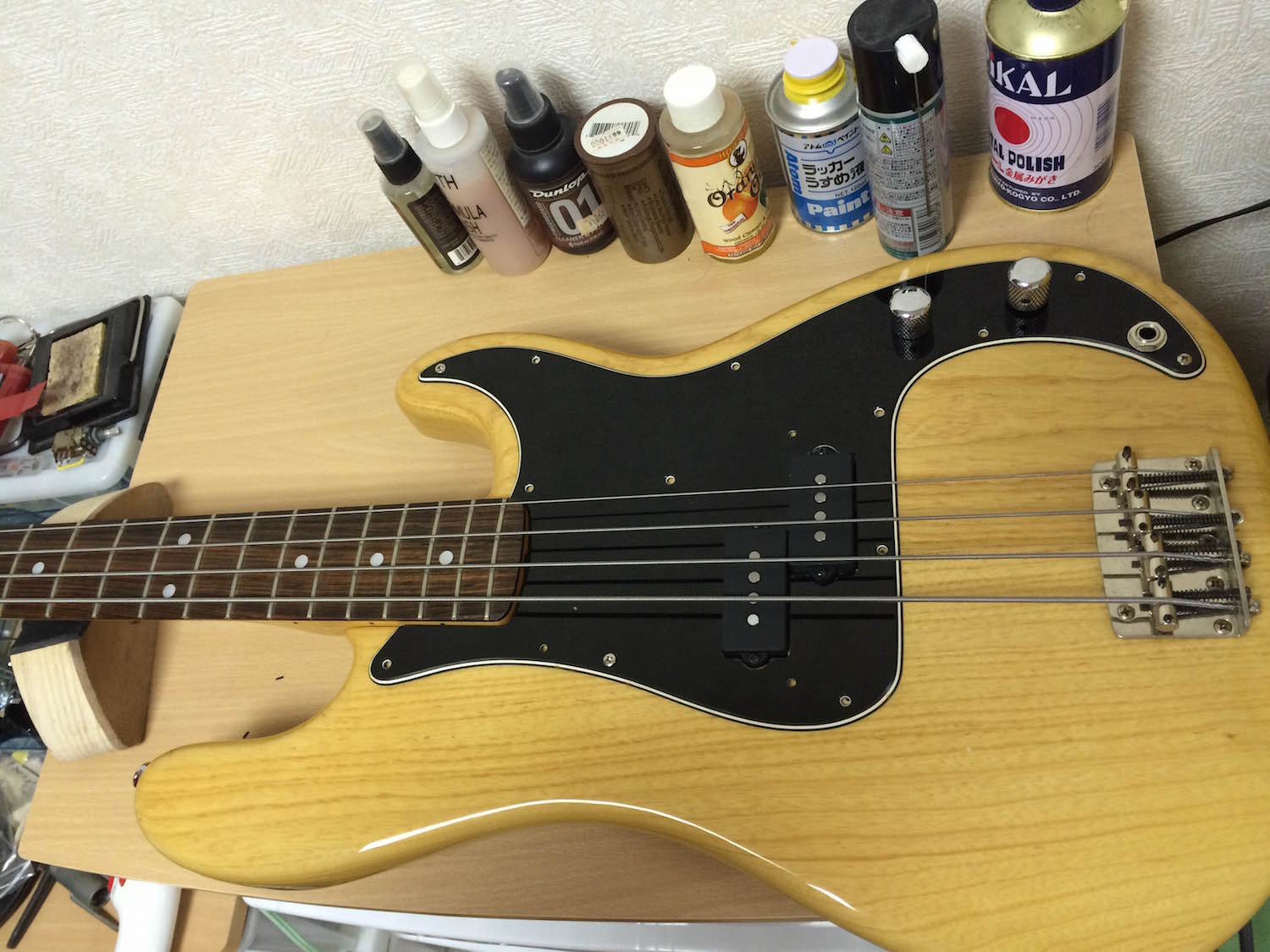

Japanese guitars have a two-screw truss rod come on whereas the Korean guitars have a three-screw truss rod progress although some early Korean guitars also have two-screw truss rod covers. The MIK Made in Korea guitars can be differentiated by the truss rod cover. Tokai guitars made in Korea MIK are lower priced guitars, similar to the Korean Epiphone guitars. Korean production started around the mid-1990s. Tokai guitars have been made in Japan, Korea and China. The higher priced Tokai Gibson replicas take nitrocellulose finishes and long tenon neck joints. The original selling price in Japanese yen is often refers in the advantage example number-for example TLS-100 = 100,000 Japanese yen.

Tokai and Dyna Gakki produced the Fender Japan solid-body models from 1997 until the end of the Fender Japan joint-venture in 2015. Tokai has its own instrument making factory and make-up built guitars for well-known brands under contract OEM. In 1983, Tokai introduced an aluminum-body guitar called the Talbo Tokai Aluminum Body which the band Devo played at one time. By the gradual 1970s, replicas of Fender guitars, such(a) as the ".38 Special" guitar and the "Hard Puncher" bass replica of the Fender Precision Bass, began to be sold in Japan and Europe. Martin guitars.īetween 19, Tokai began making various Couldn't Stand the Weather. In 1975, it launched its own Cat's Eyes line of acoustic guitars, which were replicas of C.F. Martin & Company to dispense acoustic guitar parts and also to defining Martin's Sigma electric guitars. Conn In 1972, Tokai entered into a joint-venture with C. This was followed in 1970 with the Humming Bird Custom acoustic guitar non to be confused with the Hummingbird guitar model offered by Gibson.įrom 1970 to 1973, Tokai produced the Conn family of acoustic guitars under contract with C.G. It reported its number one electric guitar in 1968 with the Humming Bird, a guitar loosely based on the Mosrite family I and II. Tokai started creating classical guitars in 1965. Tokai began creating banjos and harpsichords in 1973 and the electric piano in 1975. It developed its number one melodica, the Pianica, in 1961. Tokai began in 1947, as a harmonica and piano manufacturer. The company was founded in 1947 by Tadayouki Adachi and sustains family-owned.Īlthough Tokai currently focuses on electric as living as acoustic guitars, basses & autoharps called "chromaharp", the company manufactured other instruments such(a) as melodicas, pianos together with guitar amplifiers in the past. Tokai is one of Japan's main multiple in a business.

Tokai Gakki Company, Ltd.東海楽器製造株式会社,, often specified to as Tokai Guitars, is the Japanese musical instrument manufacturer situated in Hamamatsu city, Shizuoka prefecture.


 0 kommentar(er)
0 kommentar(er)
